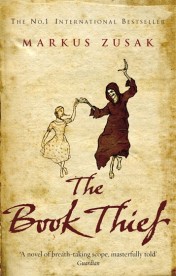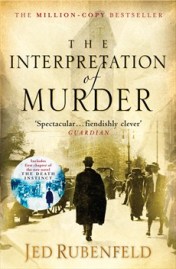An experimental novel that is as unpredictable as the UK’s capital of diversity, inequality and loneliness
Zadie Smith tells the stories of Nathan, Felix, Keisha (later Natalie) and Leah, all of whom, the author included, grew up in the North-West of London. Despite their shared origins, each character will go on to live different lives in this Dubliners-esque tale.
The word tale would actually be disrespectful to Smith’s prowess, as she proves with NW that she is in fact a master of realism. She clearly has an excellent understanding of human day-to-day life and behaviour. Nonetheless, in a novel whose aim seems to be to put a name and a face to the people we walk past every day on the tube, the bus and the streets of London, the characters are a little transparent and difficult to picture.
Despite this, the novel is fast-paced, mirroring life in the capital, and there is never a dull moment, with the author switching with ease between the points of view and perspectives of multiple characters. You will have to be on your toes reading NW, as it is sometimes easy to lose track and get lost.
In terms of genre, this one is very hard to define. Some would say it contains elements of post-modernism, but it is not as simple as that, and I have a feeling that the author would not like to be given a label. This is simply Zadie Smith; it is her genre, and it is fresh and revolutionary.
On the whole, NW is extremely thought-provoking novel that proves life – work, relationships, surviving – is difficult regardless of your situation. We do however witness a clear North-South divide in a novel that makes us question life as a whole.
Are we doomed by our backgrounds? Do our upbringings determine our futures? What choices do we really have in life? And is it the survival of the fittest in this concrete jungle?

















